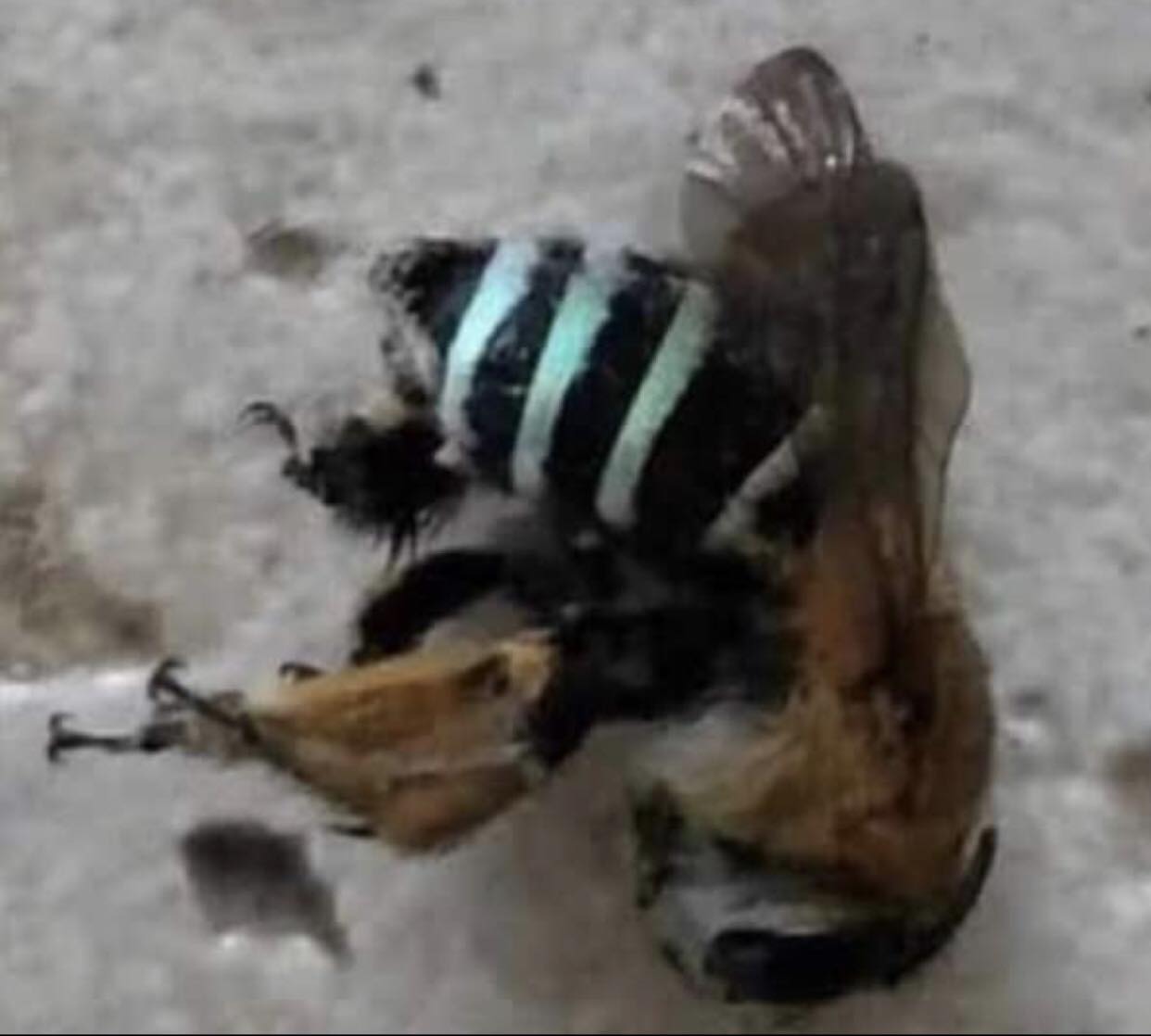Varroa Mite
The varroa mite (Varroa destructor) is the most serious pest of honey bee colonies worldwide. This parasite was first detected in North Carolina in 1990, having been introduced to the United States just three years earlier. Virtually all feral (or “wild”) honey bee colonies have all but been wiped out by these mites, and beekeepers continue to struggle with varroa infestations in their hives.
What we know
While varroa mite poses a threat to both domesticated and wild bee colonies, the response by the Department of Industries (DPI) has been far more detrimental in the short term.
It’s estimated over 24,000 beehives have been murdered and the DPI plan to kill billions more by attempting to eradicate every wild bee in a 128 km radius using archaic and toxic management strategies.
In addition, many beekeepers have been persecuted, bullied, and forced to give up their livelihood by a maniac government who are colluding with the for-profit pesticide industry to apply a scorched earth approach that scientists know will not work.
VIEW VARROA MITE BIOSECURITY ZONE
Fipronil
Pristine land sacred to the indigenous people is currently being poisoned along with frogs, small birds and indigenous bees through the use of a highly toxic broad spectrum insecticide called Fipronil.
Fipronil is currently banned in the UK & Europe. It acts by disrupting the central nervous system causing paralysis to insects such as bees, thus spreading through the hive and ultimately killing the queen and collapsing the colony. National parks are critical areas for conserving biodiversity, and the use of Fipronil poison can have devastating impacts on these fragile ecosystems as residue can persist in the soil and water for extended periods, leading to contamination and long-term toxic effects on non-target species. This disruption to the delicate balance of ecosystems leads to a decline in native species and loss of biodiversity over time.
Fipronil poison will contaminate the land and the indigenous life may never recover.
We need to abandon this highly toxic and short sighted management strategy and move to the treatment and containment stage. Migratory beekeeping is spreading the mite, so to protect the rest of Australia from Varroa spreading and being subjected to irrational containment strategies, we must turn NSW into a treatment zone and not allow any hives to be transported over borders. The time is now to become better educated on varroa mite and aware of the blight of the bee at the hands of DPI, so we can focus on more holistic strategies that work with nature and minimise unknown collateral damage to insect, bee and ultimately human life.
Sign the Petition
Change.org: Stop the NSW government from killing bees and destroying bee-keepers livlihoods
Donate what you can
Dolfi Benesh, an experienced beekeeper with extensive knowledge of the Varroa Mite, is raising funds to challenge the DPI in the Supreme Court, demanding the DPI supplies scientific proof as to the validity of their measures. To initiate a permanent injunction and a total ban on killing bees, Dolfi must raise $75,000. Can you help Dolfi?



